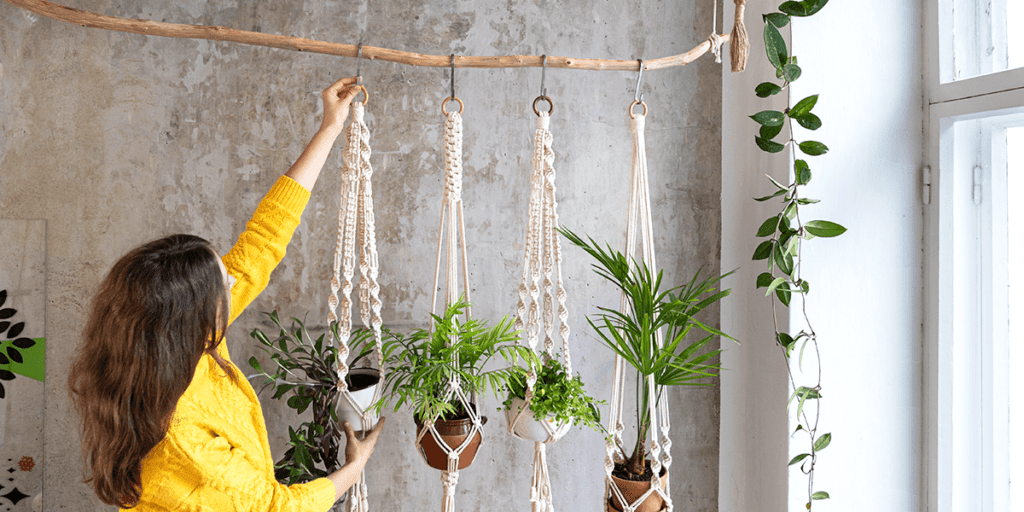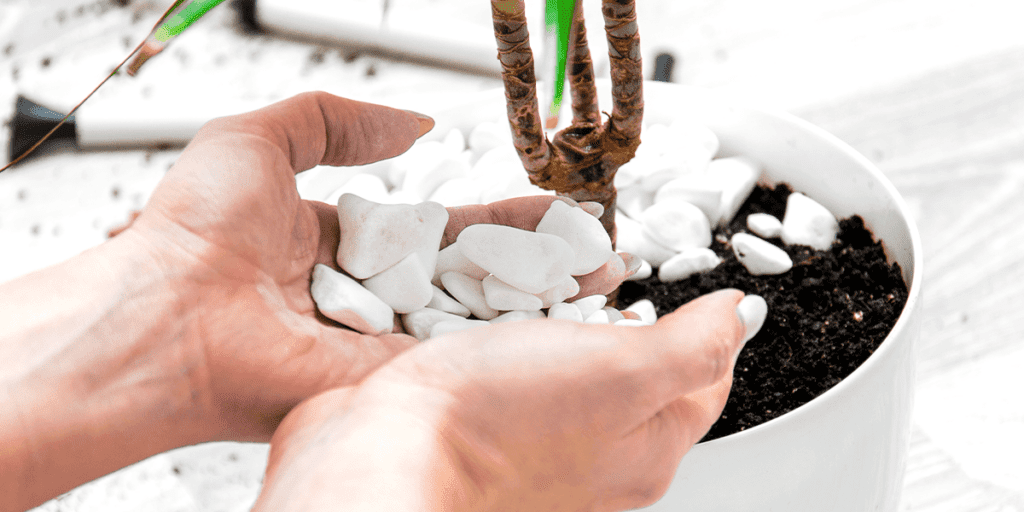Cats are both curious creatures and natural-born hunters. They like to swat, pounce, and play with things in their environment, and occasionally eat them too. It can be frustrating when your houseplants become a cat toy, or snack, especially if those plants are toxic. Fortunately, there are ways to have your cats and plants coexist. Here’s a look at why cats disturb houseplants and how to keep them away!
Why Do Cats Eat Houseplants?
Cats As Herbivores
Although meat makes up the mainstay of their diet, cats naturally eat plants as well. They could be looking for a source of fiber, trying to treat a digestive problem, or simply exploring their world through their tongue, like a baby does. Houseplants may offer interesting texture or taste to your cat, or satisfy a missing ingredient in their diet. Of course, if your houseplants are toxic, you’ll need to double your efforts to keep them away from your kitty.

Cats At Play
We all know how cats like to hunt and play, but in the absence of mice, they may turn to houseplants. They also like to ambush prey from trees, so any leafy coverage gives them a new hiding spot. Although more independent than dogs, cats need stimulation too, and if they’re tormenting your houseplants, it could be a sign that they’re bored and need more excitement.
In Search of Litter Boxes
From a feline perspective, any loose dirt makes a fine area to relieve themselves. However, once trained, most cats know better than to do their business in a plant pot. They’ll only search out new territory if their litter box is full. In other words, if your tabby is soiling your houseplants, he may be telling you to scoop the litter box more often.

How to Keep Cats Away from Plants
Change Your Plant’s Location
Let’s start with the most obvious solution: Keep your houseplant in an inaccessible spot. That could be a high place, a hanging basket, a closed room, or a table that your cats know is off-limits. But as we know, cats are skilled high-jumpers and tight rope walkers, so how do you find a place that’s out of reach? If your feline is bent on chewing on those leaves, a shift in location may not be enough to keep her away.
Unappealing Scents
If you’ve ever peeled an orange and then gone to pet your kitty, you’ve seen them recoil from an unpleasant scent. In fact, citrus is one household odor that feline’s dislike the most. Laying orange or lemon peels in a pot may be enough to keep them away. You can also spritz the leaves with a light citrus solution to stop them from taking a bite or playing with that houseplant.

Cover the Soil
How to stop your cat from digging? If it’s the soil they’re after, you can mulch it with pebbles or stones, or cover it with burlap. Aluminum foil also makes a great deterrent. Both the crackling noise and bright reflection often send felines running.
Train Them
Dogs get more attention when it comes to training, but training cats is equally possible. Some owners train cats to stay on a leash or do tricks. It’s also within reach to train them to keep away from houseplants, but it does take consistency and repetition. The spray bottle is your best friend, although you have to use it when they’re in the act, not afterward. Positive reinforcement with treats and affection is also a good way to train a feline.
A Plant Of Their Own
If a houseplant is what they want, why not give them an edible planter of their own to chew on? Barley, wheat, or rye grass are all cat-friendly options that may satisfy their penchant for fresh greens, and spare your other houseplants from abuse. We recommend monitoring your cat and asking your vet for advice if you plan to change their diet.
For more houseplant how-to’s and to see our selection of cat-friendly plants, feel free to visit our garden centers in Bloomingdale and Carpentersville!
Platt Hill Nursery is Chicago’s premier garden center and nursery in the Chicagoland area.


